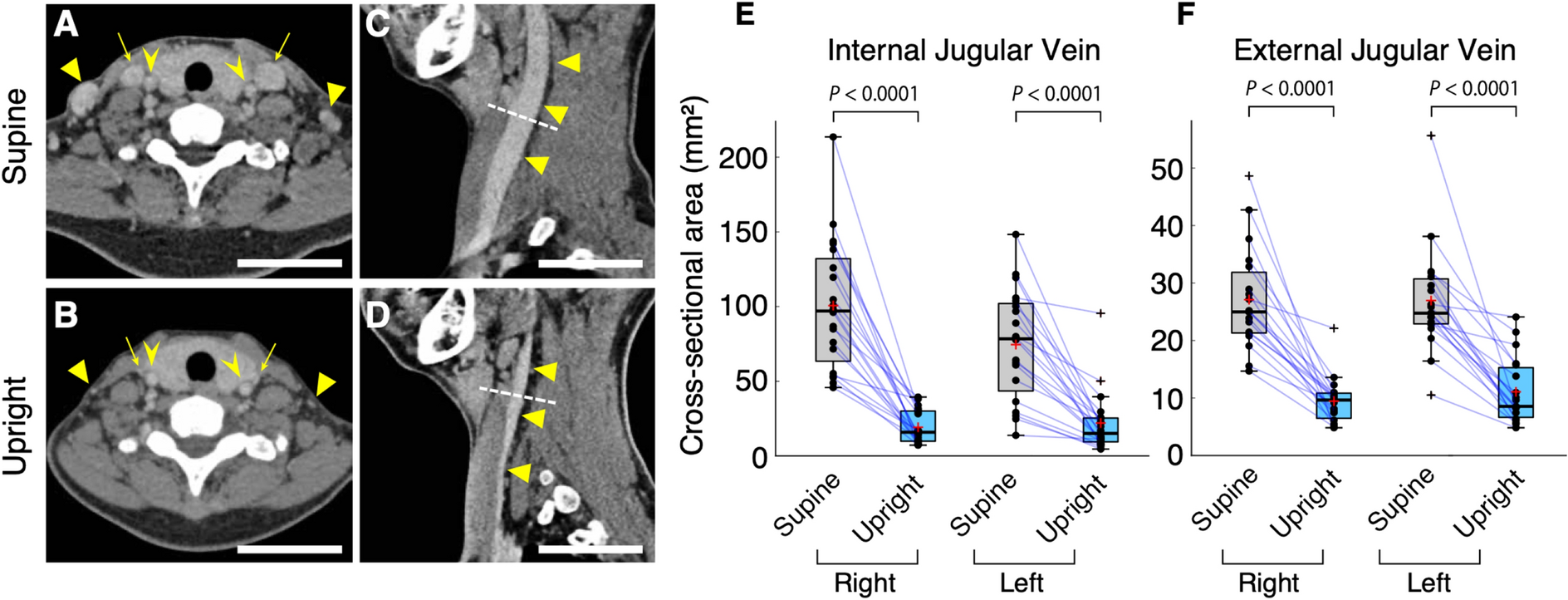Well, it’s always a hit-or-miss with physiotherapists, as I had quite a few of them in the last 10 years or so. Just looking retrospectively, I wish I had one really good physiotherapist as soon as I became aware of styloid process problems. “Good” - I mean, they work with you rather on you, and could basically give you a good overview of how human’s skeletomuscular system is designed to work, monitor your motion/movement/posture, give advice what to do and (even more important) what not do.
Until I found enough sources and materials explaining body’s muscular system in simple layman terms, flowcharts and pictures like the above, or youtube videos that show them in 3D in action, I was just navigating among the individual trees without seeing how big the forest is. And the more I Iearn, the more I understand how limited my understanding still is. I guess, a good physio would have helped me to find out these things much earlier.
For example, just recently it “clicked” with me that for very long time my superficial abdominal muscles (including ABS) were desperately and subconsciously compensating for weak back muscles.
It might sound total nonsense, as according to the individual-muscle-analysis and typical description (e.g. Rectus abdominis muscle - Wikipedia), you would find that antagonist muscle is Erector spinae, and they pull in “opposite” directions. So first thought is that if ABS needs to work hard to keep the body bent, that means it is doing that to counteract strong/stiff Erector spinae. But… Not that simple.
How? Well, the ABS would stiffen, become short and rigid, almost solid, to just support me leaning forward as the back muscles are not capable of this by pulling/holding the spine from the back. Tight ABS plus diaphragm creates pressure inside the abdominal area, and in that way the whole belly/waist area becomes like a barrel holding the ribcage, neck and head on top. Result - the body feels strong and solid, but that strength soon turns into pain in the chest and shoulders, after sitting like ten minutes, and breathing is also really difficult. *** Breathing. Needs. Effort***. Because breathing happens by using chest and ribs rather than diaphragm. Plus sitting like that is extremely uncomfortable if the chair does not have a good back support. Why? Not all muscles are made from the same type of fibre, and that’s why some muscles are better at long, light load, while others better withstand short lasting but explosive loads. The trick is that muscle composition also can slightly adapt to the needs, and eventually those “action” muscles might become too much “postural”-like… (https://academic.oup.com/ptj/article/81/11/1810/2857618)
So, muscles can literally somehow adapt to perform the function that they are not optimal at, both functionally and biologically, and the result is also non-optimal body performance or even mis-performance.
After this discovery and re-learning how to simply sit using the muscles “designed” for that task, one month later I am able to sit on a flat bench without any back support and not holding myself by elbows for about 20 mins at a time without any significant pain in the chest, breath quite easily while sitting, and feel much less tension. Only after re-learning all this I understood how messed up my skeletomuscular system was (and still is). And you hear this from a person who just a few years ago used to casually run 10-20 km a few times a week, occasionally road-cycle distances between 50-150 km, or do 50 push-ups at once without thinking twice, and thought quite high about his own physical abilities and strength.
The biggest problem, in my opinion, was that I used to spend eight or more hours at the desk, holding my ABS tight, and then do quite hard exercising sessions involving the same muscles again, and then lie flat in bed sleeping. As a result, my deep postural muscles apparently became quite weak, as they were barely exposed to any real physical loads, while ABS never had proper chance to relax and recover their flexibility. Healthy muscles must be strong when engaged and elastic when relaxed, not stiff and rigid disguising as strong.
Muscle imbalance can be devastating, that’s why I’d still suggest to get a good physiotherapist (not chiropractor adjustments, not massage or accupuncture sessions, but really good physiotherapist who could identify imbalances in the whole body and help to gradually bring the tension away off the impacted areas).
And based on the fact that muscles “adapt”, reverting it back is a slow process, doesn’t happen overnight, and shouldn’t even be tried for the same gradual muscle adaptation reasons.
But certainly, it’s a personal choice, and I am not a doctor to give universal guidelines. Just talking about what I wish I knew and did in the past, and now paying the price 















